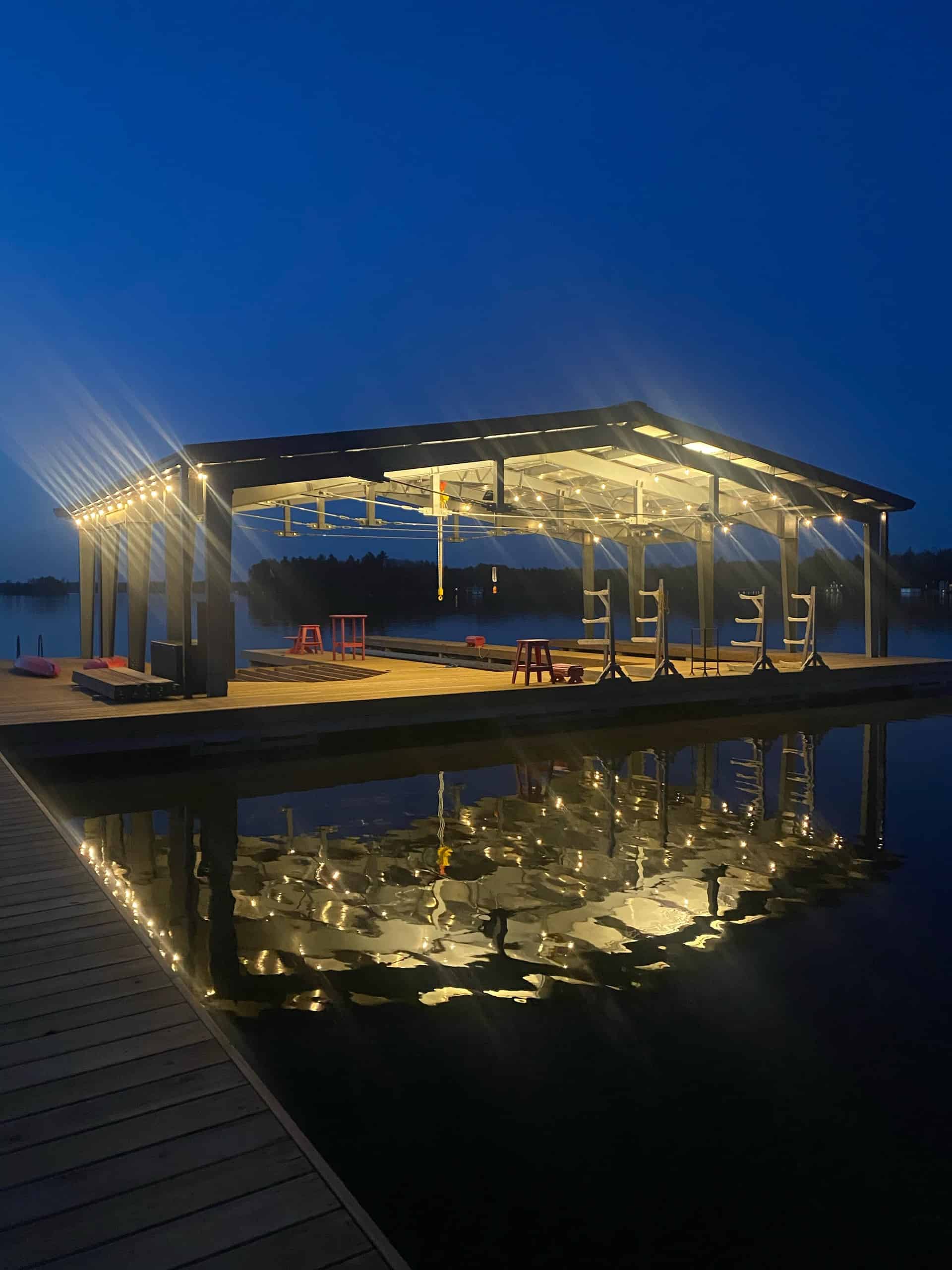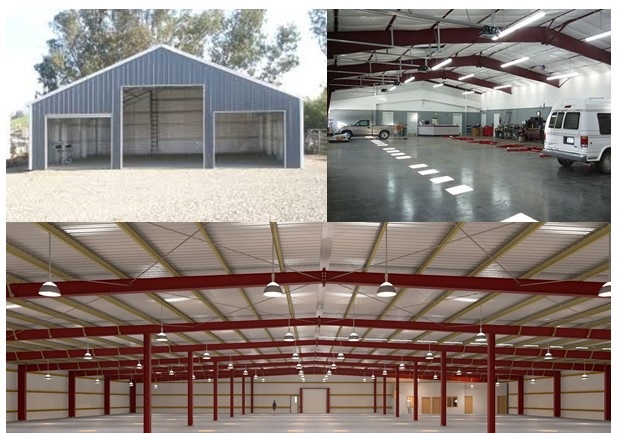Eco-Friendly Steel Buildings: Sustainable and Energy-Efficient Construction Solutions
Eco-Friendly Steel Buildings: Sustainable and Energy-Efficient Construction Solutions
Blog Article
Professional Overview to Steel Building Design: Taking Full Advantage Of Efficiency and Long Life
In the realm of construction, the option of building material holds paramount significance in establishing the effectiveness and longevity of a framework. Steel, with its extraordinary stamina, sturdiness, and adaptability, has become a preferred alternative for modern structure layout. Designers and architects are continuously checking out innovative methods to harness the potential of steel in building enduring and sustainable structures. From maximizing style factors to consider to applying cost-effective construction strategies, the trip towards making the most of effectiveness and durability in steel structure layout is a multifaceted one, offering a blend of functional obstacles and creative solutions that thrust the market forward.
Advantages of Steel Structures
Steel structures provide exceptional resilience and cost-effectiveness contrasted to traditional building and construction materials. The stamina of steel provides outstanding architectural stability, making it a recommended option for structures that need to hold up against extreme weather conditions or hefty tons.
In terms of cost-effectiveness, steel structures are typically much more cost effective than structures made from other products. The reliable construction procedure of steel structures can cause minimized labor prices and shorter job timelines. Steel's durability likewise converts to decrease upkeep expenses in time, as there is much less requirement for substitutes or fixings compared to typical structure materials.
Design Considerations for Performance
Provided the advantages of steel structures in terms of sturdiness and cost-effectiveness, it is important to concentrate on design factors to consider that make best use of effectiveness and longevity. When creating a steel building for optimum efficiency, aspects such as the positioning, insulation, and layout need to be thoroughly taken into consideration.

Additionally, integrating energy-efficient systems, such as a/c, lights, and renewable resource resources, can even more enhance the performance of steel structures. By incorporating these style considerations, steel frameworks can accomplish optimum efficiency and durability, providing lasting and economical options for numerous building tasks.
Architectural Stability and Long Life

In addition, the selection of top notch steel and finishes is vital for durability. Corrosion-resistant coverings protect versus rust and deterioration, lengthening the life of the structure. Normal maintenance, consisting of inspections for indicators of wear or damage, is additionally important for identifying and attending to issues prior to they compromise the structure's integrity. By focusing on architectural stability in the layout phase and throughout the structure's lifespan, proprietors can ensure their steel structures continue to be risk-free, efficient, and long lasting for many years ahead.
Cost-efficient Building Techniques
Reliable construction techniques play a pivotal role in handling prices without compromising the quality and stability of steel structure tasks. One cost-effective method is the use of pre-engineered steel structure systems. These systems are created off-site and afterwards assembled on-site, decreasing building and construction time and labor prices. Furthermore, pre-engineered steel structures are recognized for their resilience and need very little maintenance, leading to lasting price financial click site savings.
Another cost-efficient technique is the design-build method, where the layout and building stages are incorporated. This method fosters partnership in between the style and building teams, enhancing the process and minimizing hold-ups and expense overruns (steel buildings). By involving all stakeholders from the beginning, possible problems can be recognized and settled early, conserving both money and time
Furthermore, taking on sustainable construction methods, such as using recycled steel and incorporating energy-efficient attributes, can result in significant price financial savings over time. These practices not only reduce building waste but also reduced functional costs through improved energy effectiveness. Finally, carrying out cost-effective construction methods is necessary for maximizing efficiency and ensuring the long life of steel structure projects.
Upkeep Tips for Longevity
Correct maintenance practices are vital for making sure the longevity and architectural stability of steel buildings. Routine inspections are necessary to identify any kind of signs of rust, damages, or put on that might compromise the structure's resilience. As part of an extensive upkeep strategy, it is essential to quickly attend to any kind of concerns that arise to avoid them from intensifying and creating extra comprehensive damage.

One more important upkeep idea is to inspect the building's welds, links, and fasteners to ensure they are safe and secure and in good problem. Any type of damaged or loosened components must be fixed or replaced promptly to preserve the architectural integrity of the building. By implementing a positive upkeep routine, steel structure owners can optimize the long life and performance of their frameworks.
Conclusion
In conclusion, steel structures supply countless benefits such as performance, cost-effectiveness, and durability. By very carefully great post to read taking into consideration design elements, making certain structural stability, and using cost-efficient building approaches, steel structures can be optimized for maximum performance and long life.
From enhancing design factors to consider to executing affordable construction techniques, the trip in the direction of taking full advantage of effectiveness and longevity in steel building layout is a complex one, offering a blend of practical difficulties and creative solutions that drive the sector forward.
Offered the advantages of steel structures in terms of longevity and cost-effectiveness, it is vital to focus on layout factors to consider that maximize performance and long life. When developing a steel building for optimum performance, elements such as the format, insulation, and orientation must be meticulously taken into consideration. In verdict, implementing cost-efficient construction techniques is crucial for optimizing performance and guaranteeing the long life of steel building jobs.
By very carefully taking into consideration layout facets, ensuring structural stability, and using cost-efficient construction approaches, steel structures can be optimized for optimal performance and long life.
Report this page